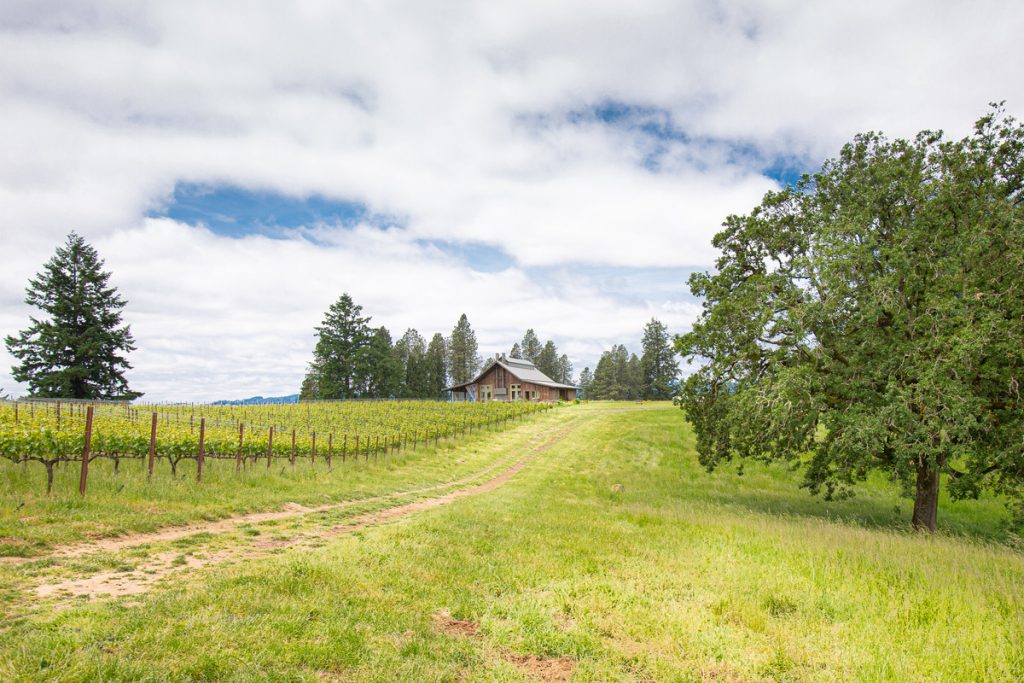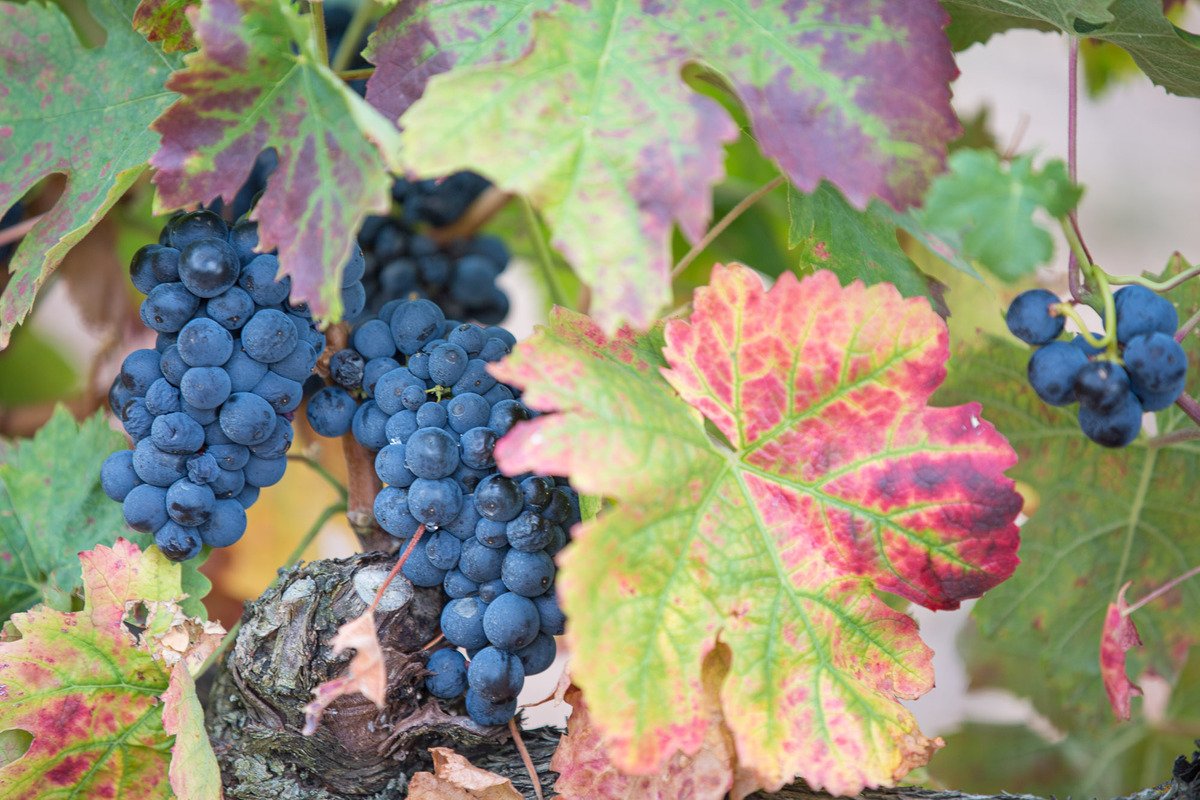Is it possible that amidst the bottle being opened, the wine crossing your lips and the romance of the wine bar or restaurant, you forgot someone had to actually grow…grapes?
Farming is hard. It is one of the world’s most precarious occupations. What can and does go wrong could fill a notebook. A partial list includes floods, drought, a few dozen varieties of pests, not to mention changing market conditions.
The modern world of agri-business tries to minimize these setbacks by using fertilizers, pesticides, fungicides, herbicides and seed manipulation. Vineyards are no different. Grape growers do not want to lose their crops, so most have adopted an agri-business model that relies on chemical interventions. They justify these tactics by stating they are mitigating profit loss, when in reality, the consumer is the big loser. Drinking wines with chemical additives can’t be good for the drinker. Thankfully, an alternative exists.

Biodynamic farming is magical. In the words of the Biodynamic Association (BDA), this practice can “awaken and enliven co-creative relationships between humans and the earth, transforming the practice and culture of agriculture, to renew the vitality of the earth, the integrity of our food, and the health and wholeness of our communities.”
It was the brainchild of the polymath Rudolf Steiner, who after WWI, in an effort to combat pervasive food shortages, developed this farming method in order to increase crop yields while eliminating the use of ruinous chemicals.
To many, the words of the BDA may sound vague and lofty. In reality, they translate into a lot of hard work because biodynamic farming is several steps beyond organic in that it relies on an entire ecosystem. There are various practices that the biodynamic farmer undertakes from seed to harvest, using moon phases to guide their practices and creating a vibrant and elaborate system to protect and nurture their crops. The farm is a self-contained ecosystem where the phrase “nothing in, and nothing out” is used to describe the environment. Fertilizers, pest control, seed germination and irrigation are all integrated. “Teas” are made from fermented manure buried in cow horns on certain days according to the moon cycle.

The telltale sign of a biodynamic vineyard is its unkempt look. Because cover crops are planted to attract certain birds and animals who are natural predators to harmful pests, it’s not uncommon to see wildflowers and bushes growing amidst the grapevines, and perhaps a goat or two, or a flock of domesticated geese (used to trim—by eating—the lower vines) roaming through the fields. It’s this knowledge of ecosystems and natural habitats, rather than a reliance on chemicals, that make biodynamics so appealing.

What does this have to do with your wine enjoyment? A lot, because the care and effort required to follow the BDA guidelines translates into better fruit. It is impossible not to be awed by produce from a biodynamic farm. A simple head of lettuce can glow from within. So too do grapes grown this way. They arrive full of flavor, ripeness and color…the natural way.
Without romanticizing it, biodynamic grapes are not a commodity. They are the offspring of farmers who care about the earth and the customer. As Financial Times wine critic Jancis Robinson puts it: “These methods are very expensive in the short term, each vine requiring far more care and labor than in any mechanized vineyard.”
A final thought comes from respected wine writer and photographer Adam Morganstern, “While many wineries are fully practicing biodynamics, and many others are experimenting with it, this is not always put on labels for a variety of reasons. Rather than memorize an ever-changing list of names—though it’s always nice to remember some favorites—talk with your wine store salesman or sommelier and ask about the practices behind their wines. If they know them, they’ll gladly tell you. If they don’t, they’ll know their customers are interested.”
The good news is you may already be drinking biodynamic wine. Many vineyards have embraced this farming method especially in warmer Mediterranean climes and, of course, health-conscious California. Several of the world’s most famous vineyards are biodynamic (Palmer, Latour, Romanée-Conti, Louis Roederer, Benziger, Frey, Bonterra), yet do not promote it. They just grow the best grapes and make the best wine. You decide if it is so.
This installment’s Ethical Cellar recommendations come from cutting-edge, ethical wine distributor Lyle Fass and co-writer Greg Wacks.
Lyle Fass’ Recommendations:
White:
Weingut Thörle/Hölle Riesling/Germany/Baden
Red:
Weingut Thörle/Hölle Spätburgunder/Germany/Baden
Enderle & Moll/Pinot Noir ‘Liaison’/Germany/Baden
Compagnie de L’Hermitage (Lelektsoglou)/Cairanne Vieilles Vignes (Rhône Blend)/France/Southern Rhône
Compagnie de L’Hermitage (Lelektsoglou)/Hermitage Le Cerisaie (Rhône Blend)/France/Northern Rhône
Ziereisen/Jaspis Spätburgunder/Germany/Baden
Martin Woods/Jessie James Vineyard Pinot Noir/USA/Oregon
Costa Archi/GS (100% Sangiovese)/Italy/Emilia-Romagna
Podere ai Valloni/Boca Vigna Cristiana/Italy/Bocca
Domaine Rebourgeon/Pommard 1er Cru Les Rugiens/France/Côte de Beaune
Greg Wacks’ Recommendations:
White/Rosé:
Léon Boesch/Edelzwicker/France/Alsace
Idlewild Wines/The Flower Rose/USA/California (Mendocino)
Clemens Busch/Riesling Kabinett “Marienburg”/Germany/Mosel-Saar-Ruwer
Sparkling/Pétillant Naturel
Channing Daughters/Rosato (Merlot) Pet Nat/USA/New York
Milan Nestarec/”Bum Bum Cha” (Blaufränkisch / Riesling)/Czech Republic/Moravia







